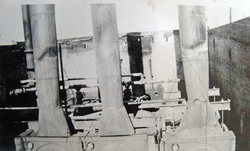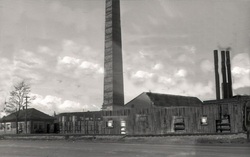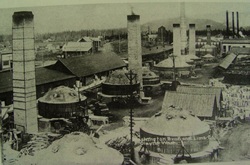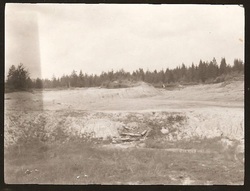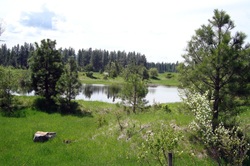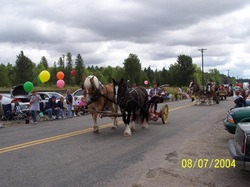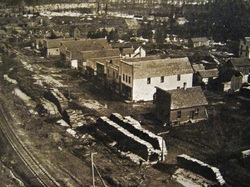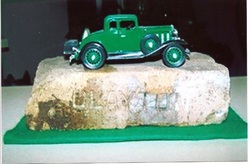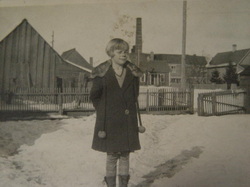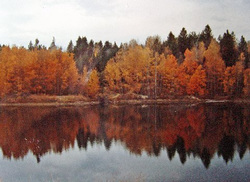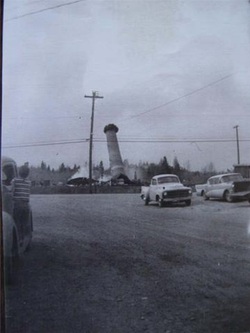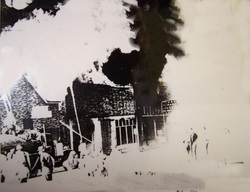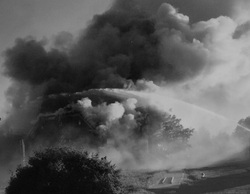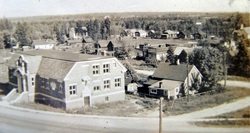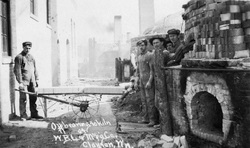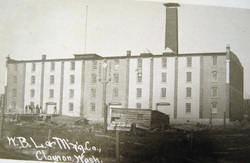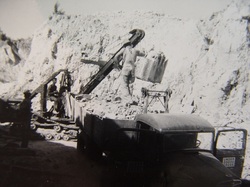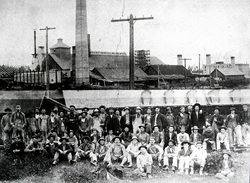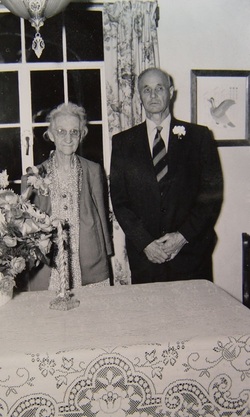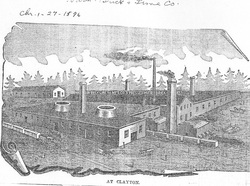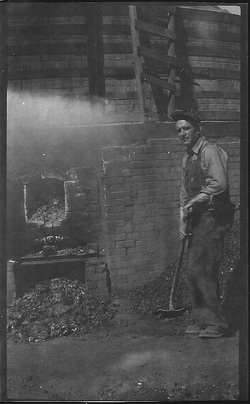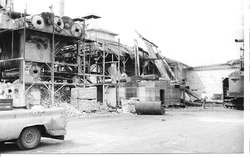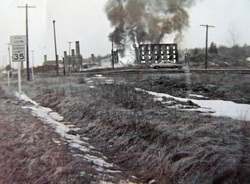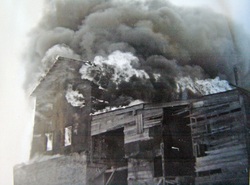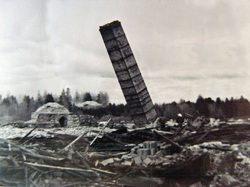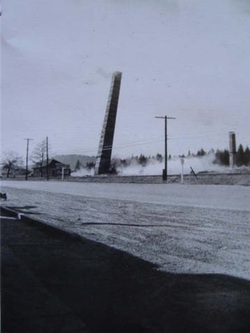- Home
- C.D.P.H.S
- Publications
-
Clayton
- Clayton 1 >
- Old Clayton School >
- Homesteading Clayton
- Album Fall 2010
- Clayton Bill Sebright
- Clayton Census
- Clayton Fair >
- Martin Harris
- Clayton WBL >
- Clayton Winter
- Clayton Day >
- Clayton Grange
- Old Timers of Clayton
- Art Stelting
- Allens Siding
- Nord 1 >
- A Star is Born >
- Clayton Bakers
- Regional Favorites
- Restoration
- King pt.1 >
- Kingrey Ed. & Mari
- Terra Cotta >
- Clayton Gettymans
- Harrison Turrell Family
- Vera Spaulding
- Westby's Spotted Rd.
- Wind A Breeze >
- Then and Now
- Bob Clouse Memorial
- Warren Nord
-
Deer Park
- Deer Park Timeline
- Deer Park 1 >
- Zimmerer Photo Collection >
- Keith 1913 Album
- Arcadia Orchard
- Deer Park Class 1 >
- DPHS Grads 1913-43 >
- DPHS 1937 Albums >
- DP School Faculity
- Deer Park Superintendents
- D.P. 08-09-10-Champs
- DPHS Boxing 45-47 >
- DPHS Antlers Year Books
- Deer Park Atlas IBM >
- DP Shay Locomotive
- DP Settlers & Fair
- Deer Park Royality
- Family Gatherings
- R.R. Grove
- DP Abbott Family
- DP Etta Bennett >
- DP Hodges
- Old Creamery
- DP Olsen
- Leuthold House
- Zibell Family
-
Local Areas
- Leno Prestini
- Churches
- Schools
- Eagle
- Veterans
- History Blog

